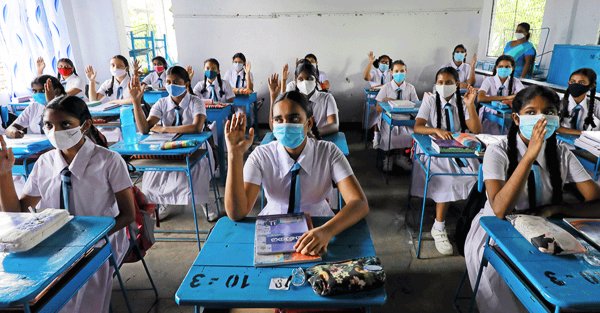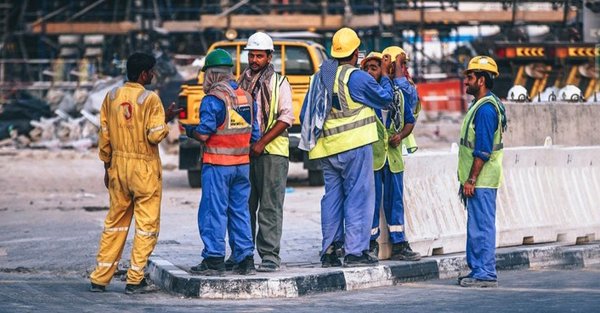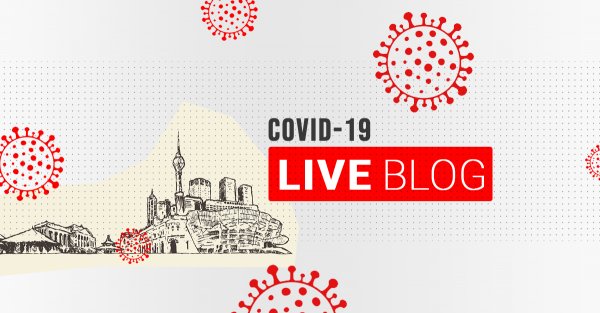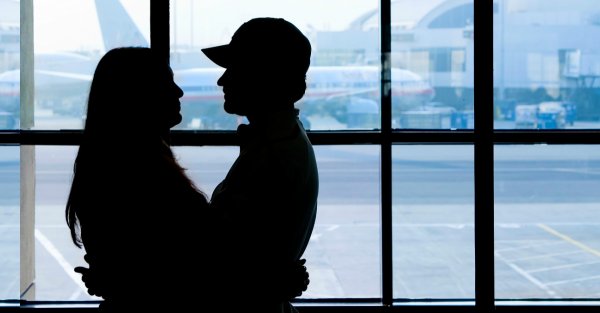
It has been a month to the date that the first case of COVID-19 was detected once more in the community, some two months after the ‘Navy cluster’ — also the largest at the time — was successfully managed.
This new cluster, dubbed ‘Minuwangoda cluster’ by the media, was first detected in an apparel worker in Minuwangoda in the Gampaha district, but was soon found to have spread all over the country.
Now, inexplicably, there have emerged two clusters: the Minuwangoda cluster has been renamed ‘Divulapitiya cluster’ by health authorities, (Divulapitiya is the apparel worker’s area of residence) and the second, ‘Peliyagoda Fish Market cluster’, which is where the virus was next found to be the most virulent.
As things stand, the Divulapitiya cluster seems to have stabilised, the last few news updates indicating almost no cases from that cluster. However, cases related to the Peliyagoda Fish Market cluster have continued to emerge from various parts of the country.
The latest numbers indicate that the two combined clusters have impacted upward of 8,000 people and has almost doubled the death toll; before the Divulapitiya and Peliyagoda Fish Market clusters, the death toll from eight months of COVID-19 was 13. In the sparse length of a month, ten people have passed away, increasing the tally of lives lost to 23.
Lockdown
While the government opted this time not to declare islandwide curfew like it did for three months earlier this year, the Western province has been under curfew since October 28 — a decision many charge is late and negligent.
Imposed initially for just the long weekend — from October 28 till November 2 — authorities having ‘assessed the situation and in light of the high number of cases detected’ decided to extend the curfew. It is now due to be lifted the upcoming Monday, November 9.
However, indications are that the curfew will remain in place for as long as it takes to bring the situation under control, even if the government may choose to be cautious about sounding the alarm.
Other areas in which a high number of cases have been detected — Eheliyagoda in the Ratnapura district, the Kurunegala Urban Council and the Kuliyapitiya police — area have also been placed under curfew. Meanwhile Hemmathagama, Mawanella and Bulathkohupitiya police areas in the Kegalle district and the Galgamuwa pradeshiya sabha and Giriulla police area in the Kurunegala district have been declared isolated until the situation there is brought under control.
Quarntine Camps And Hospitals
The high virality of the virus and the proportionately high number of cases has led to overcrowding at quarantine camps and hospitals. This forced the government, on October 26, to announce the decision that all ‘first contacts’ would self-quarantine moving forward, and not be moved to quarantine camps as had been the practice.
Multiple reports from early October — some from authorities themselves — indicated that Sri Lanka was not able to handle the influx of cases and was fast running out of space for patients.
The issue was raised by the Opposition in Parliament, with Samagi Jana Balawegaya (SJB) Leader Sajith Premadasa asking why the government had not used the intervening months — and collected funds — to invest in the country’s health infrastructure.
While during the ‘first wave’ — the period between March and May 2020 — conditions at quarantine camps were praised, current conditions have reported as dismal, images of filthy washrooms, unappealing food and reports of poor service and care surfacing online.
Issues were further compounded when a primary machine used to conduct polymerase chain reaction (PCR) tests reportedly broke down (later speculated to be the result of a ‘shaky’ table), causing a delay and backlog of samples to be tested, and exacerbated when authorities were accused of malpractice while testing overseas returnees.
Virality, Deaths And Cremations
On October 12, scientists at the Department of Immunology and Molecular Medicine and Allergy, Immunology and Cell Biology Unit of the University of Sri Jayewardenepura concluded that the COVID-19 strain currently circulating is different to the strains that circulated in Sri Lanka previously and is highly transmissible.
Doctors at the Medical Research Institute (MRI) also pointed out a ‘heavy viral load’ in the current strain, with Consultant Virologist Dr Jude Jayamaha telling the media, “The rate of patients becoming positive is also low and many seem to be asymptomatic.”
Perhaps it is this that allowed the virus to escape detection at the Minuwangoda apparel factory for so long — authorities speculated the virus had been present from mid-September — although only detected at the end of that month.
Complications around the government’s decision to cremate Muslims who have died with or from COVID-19, in contravention of their religious and cultural beliefs, have continued to be a cause for pain within the community.
Opposition Leader Sajith Premadasa once more, accused the government of targeting Muslims during the coronavirus pandemic, and following the intervention of Justice Minister Ali Sabry, a team of experts has now been appointed to review the decision to cremate all COVID19-related deaths.
Economic Issues
Economic issues have continued to plague the already debt-strapped government, and the President was clear at the outset of this ‘second wave’ the country could ‘not afford’ a second lockdown.
Even though the Western Province, in which the commercial hub Colombo is situated, has been under curfew now for close to two weeks, the government has listed a number of government institutions that have been permitted to send a skeleton staff to work, while others have been asked to ‘Work From Home’ to ensure economic wheels keep turning.
It is clear the government is struggling to get on top of issues that have spiralled fast out of control. It is also likely that for as long as COVID-19 exists and a vaccine does not, countries will be forced into frequent partial or full lockdown, every time the virus emerges within the community again.
This makes it also clear that there is merit to the criticism that the intervening months since the last community virus could have been used to bolster existing health infrastructure and prepare for any new outbreak of the virus that is potent and deadly and without solution.
But it can be hoped that the government that is new, has learned from its mistakes and will regain and maintain control of the situation so that it is able to yield the results it did the last time, when it effectively contained the virus in the country.








